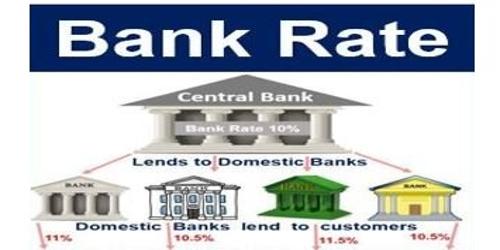The Bank rate or rediscount rate is the rate at which the central bank rediscounts papers presented by commercial banks or makes advances to them directly against approved securities. It is the rate charged by the central bank for lending funds to commercial banks.
The bank rate is based on the following assumption: The lending rates of the commercial banks are related to the discount rate of the central bank. Commercial banks are not prejudiced against rediscount at the central bank.
Borrowing and investment of businessmen are dependent on the lending rates of a commercial bank so that a rise in interest rates will restrict borrowing and investment, while a fall in the lending rate will stimulate borrowing and investment.
The economic structure should be sufficiently elastic so that a variation in the credit conditions is quickly followed by changes in prices, wages, and the incomes and production.
Modus Operandi of Bank Rate Policy:
- The changes in the bank rate or the discount rate ordinarily have an immediate influence on short-term money rates.
- In a period of money expansion, a rise in bank rate has the effect of curtailing bank credit and thus restricting business activity.
- In period of money depression, lowering of bank rate stimulates larger borrowing and investment and brings about greater economic activity.
- All of the above discussion we can say that the rate at which the commercial bank takes a loan and discounting bill from the central bank is called bank rate.
















